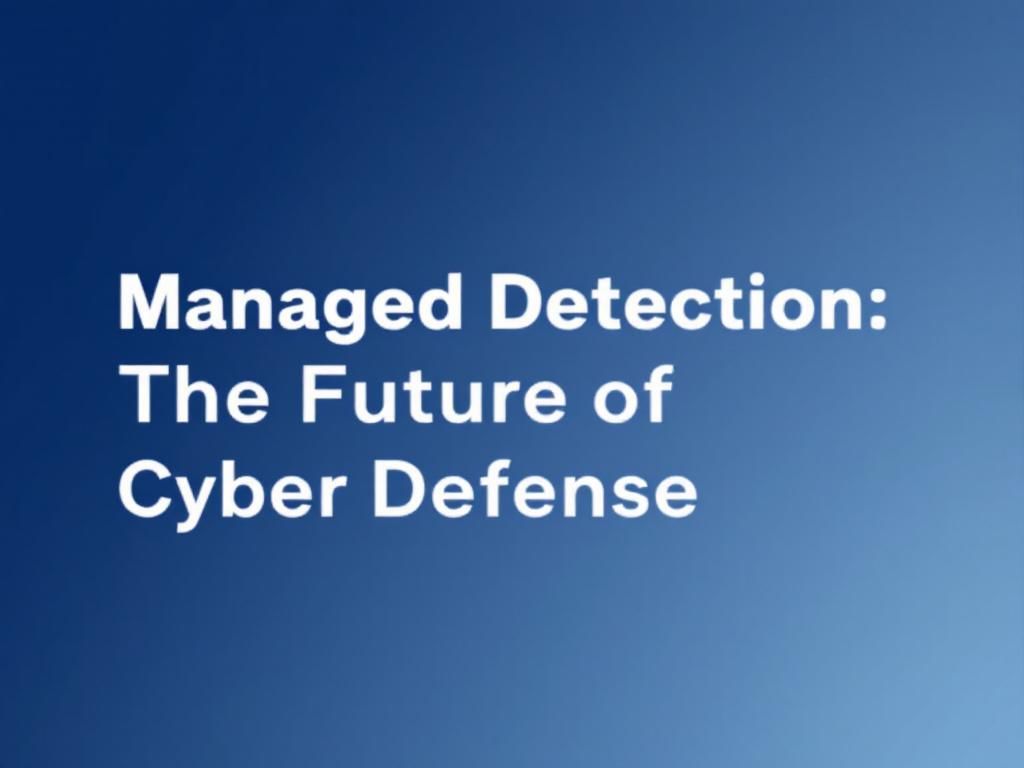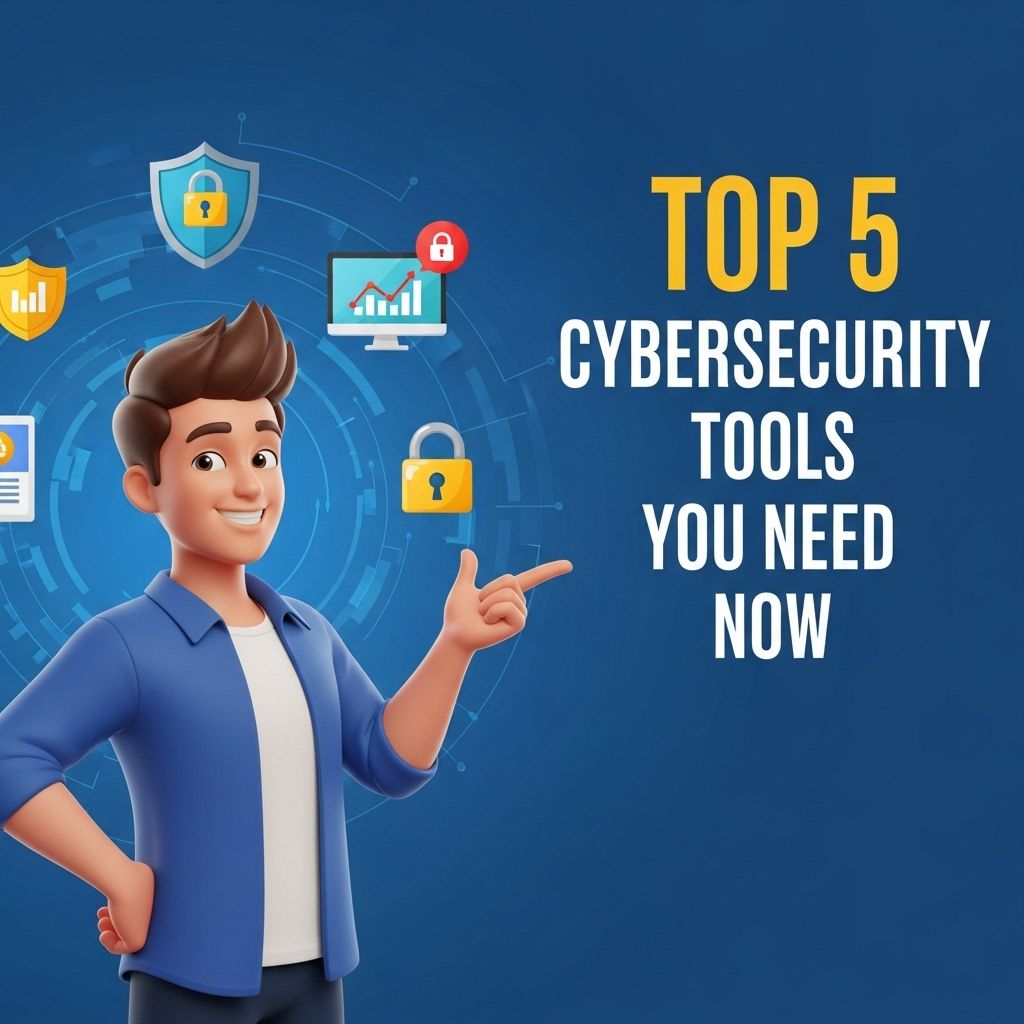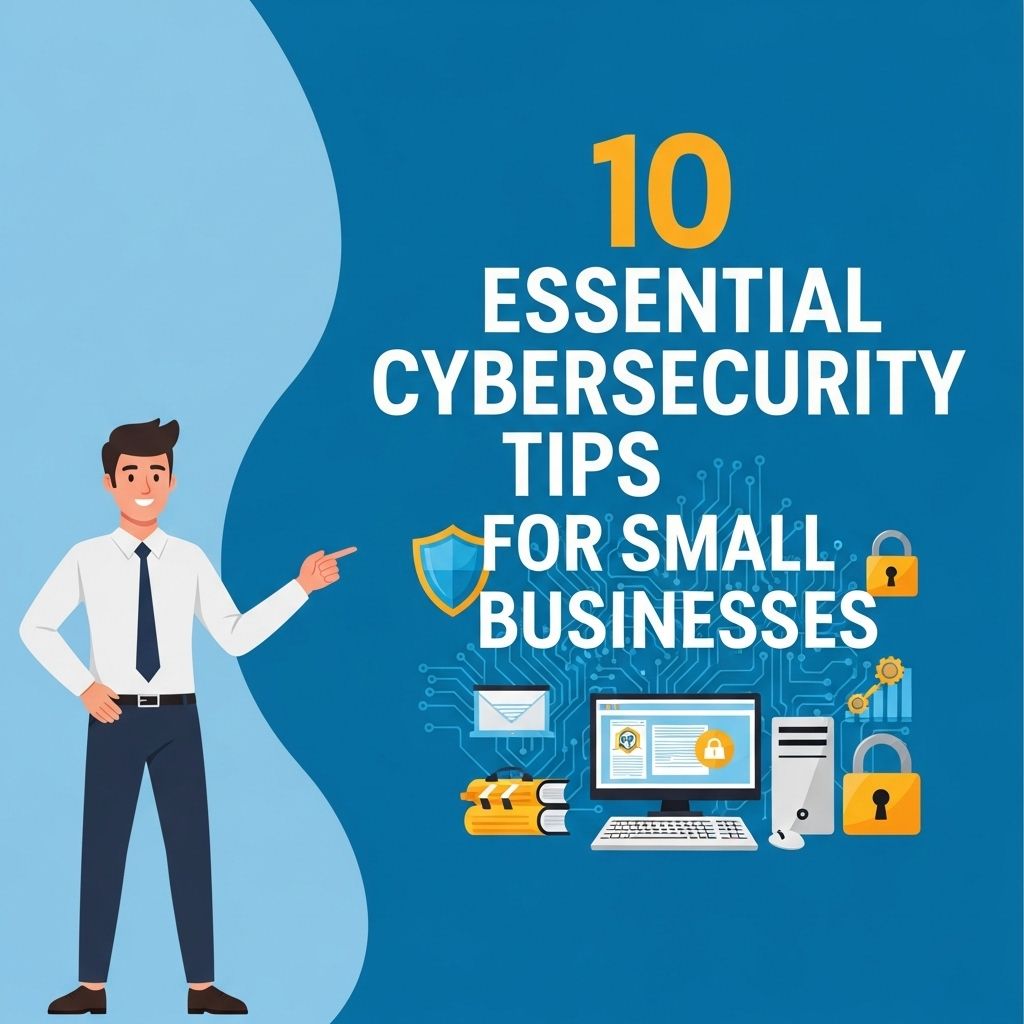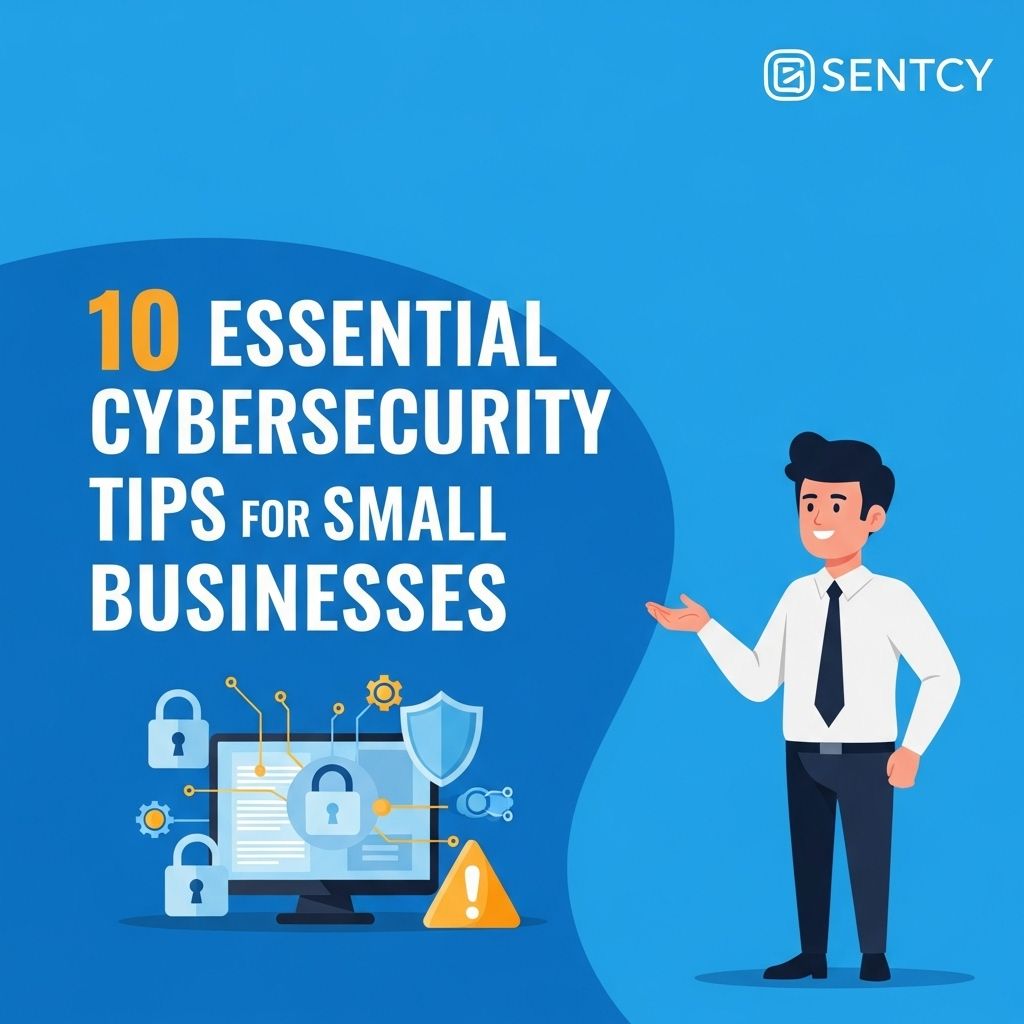Managed Detection: The Future of Cyber Defense
Explore how managed detection services are shaping the future of cyber defense, enhancing security measures for businesses worldwide.

In an age where digital threats are becoming progressively more sophisticated, organizations are realizing that traditional cybersecurity measures are no longer sufficient. The landscape of cyber threats is constantly evolving, and as such, the need for comprehensive, proactive defense strategies is more crucial than ever. Enter managed detection and response (MDR) services, a transformative approach that combines technology and human expertise to provide organizations with the robust protection they need to safeguard their digital assets.
Table of Contents
Understanding Managed Detection and Response
MDR is a cybersecurity service that offers continuous monitoring, detection, and response to threats across your IT environment. Unlike traditional security solutions, which often rely on basic tools and signature-based detection methods, MDR focuses on advanced analytics and human intervention to identify potential threats in real-time. Here are some key components of MDR:
- 24/7 Monitoring: Continuous surveillance of network traffic and endpoints to detect suspicious activities.
- Threat Intelligence: Leveraging global intelligence networks to stay ahead of emerging threats.
- Incident Response: Rapid response teams that can address and mitigate threats as they arise.
- Compliance Management: Ensuring adherence to industry regulations and internal policies.
Why Businesses Need Managed Detection
With the increasing frequency and severity of cyberattacks, businesses must adopt a proactive approach to cybersecurity. Here are several reasons why managed detection services are essential:
1. Evolving Threat Landscape
The cyber threat landscape is continually changing, with attackers employing more sophisticated tactics such as:
- Ransomware: Encrypting data and demanding payment for the decryption key.
- Phishing Attacks: Misleading communication to gain access to sensitive information.
- Advanced Persistent Threats (APTs): Long-term targeted attacks that can remain undetected for months.
2. Resource Constraints
Many organizations lack the necessary resources and expertise to effectively manage cybersecurity. MDR allows companies to:
- Leverage external expertise without the need for in-house staffing.
- Utilize advanced technology that might otherwise be cost-prohibitive.
- Focus on core business objectives while leaving security management to experts.
3. Enhanced Incident Response
When a security incident occurs, time is of the essence. Managed detection services reduce response time through:
| Incident | Standard Response Time | MDR Response Time |
|---|---|---|
| Malware Attack | Hours | Minutes |
| Data Breach | Days | Hours |
| Phishing Attack | Hours | Minutes |
Components of a Managed Detection Strategy
Implementing a robust managed detection strategy involves various components working in tandem:
1. Security Information and Event Management (SIEM)
SIEM technology aggregates and analyzes security data from across the organization, enabling:
- Real-time analysis of security alerts generated by applications and network hardware.
- Centralized logging of events to identify patterns indicative of potential threats.
2. Endpoint Detection and Response (EDR)
EDR solutions focus on monitoring and responding to threats on endpoints, providing:
- Continuous monitoring for suspicious activity on servers, workstations, and mobile devices.
- Automated response capabilities to contain threats before they spread.
3. Threat Hunting
Proactive threat hunting involves actively searching for hidden threats within an organization’s networks and systems. This approach includes:
- Utilizing threat intelligence to identify potential vulnerabilities.
- Analyzing historical data to uncover signs of compromise.
The Role of Artificial Intelligence in MDR
Artificial Intelligence (AI) plays a significant role in enhancing the capabilities of managed detection services. Key benefits include:
1. Faster Threat Detection
AI algorithms can analyze vast amounts of data at unprecedented speeds, allowing for:
- Identifying anomalies that may indicate a security incident.
- Reducing the time taken to detect threats from days to seconds.
2. Reduced False Positives
AI can improve the accuracy of threat detection, resulting in:
- Fewer false alarms, allowing security teams to focus on genuine threats.
- Increased confidence in alert prioritization.
3. Predictive Analysis
Through predictive analytics, organizations can anticipate potential threats before they occur by:
- Identifying patterns and trends in cyber behavior.
- Implementing preemptive measures to mitigate risks.
Challenges in Implementing MDR
While there are numerous benefits to adopting managed detection services, organizations may face challenges, including:
1. Integration with Existing Infrastructure
Seamlessly integrating MDR solutions with current systems can be complex. Organizations should:
- Conduct a thorough assessment of existing security tools.
- Ensure compatibility with new technologies.
2. Cost Considerations
For some organizations, the cost of managed detection services may be a barrier. It’s essential to:
- Evaluate the potential return on investment based on risk reduction.
- Consider scalable solutions that grow with the organization.
3. Choosing the Right Provider
Selecting the appropriate MDR provider requires careful consideration. Organizations should:
- Assess vendor reputation and customer testimonials.
- Review the range of services offered and expertise in your industry.
The Future of Cyber Defense
As cyber threats continue to evolve, so too will the strategies used to combat them. The future of managed detection and response will likely involve:
1. Increased Collaboration
Collaboration between organizations, governments, and security firms will enhance threat intelligence sharing and cooperative defense strategies.
2. Advanced Automation
Automation will play a key role in streamlining security operations, allowing for:
- Faster threat detection and response.
- Reduction in the burden on security teams.
3. Greater Focus on User Education
As the human element remains a critical factor in cybersecurity, organizations will need to invest in:
- Regular training and awareness programs for employees.
- Creating a culture of security within the organization.
In conclusion, managed detection and response services represent a significant advancement in cybersecurity defense strategies. As cyber threats become more complex, businesses must adapt to protect their critical assets. By leveraging the power of technology, human expertise, and a proactive mindset, organizations can effectively navigate the ever-changing cybersecurity landscape.
FAQ
What is managed detection and response?
Managed detection and response (MDR) is a cybersecurity service that provides real-time monitoring, detection, and response to threats using advanced technologies and skilled security professionals.
How does managed detection improve cybersecurity?
Managed detection improves cybersecurity by leveraging 24/7 monitoring, threat intelligence, and proactive incident response, which helps identify and mitigate threats before they cause harm.
What are the benefits of using managed detection services?
Benefits of managed detection services include reduced response times to incidents, access to expert security analysts, improved threat visibility, and enhanced overall security posture for organizations.
Is managed detection suitable for small businesses?
Yes, managed detection is suitable for small businesses as it provides access to enterprise-level security resources and expertise without the need for significant in-house investment.
How is managed detection different from traditional security measures?
Managed detection differs from traditional security measures by focusing on continuous monitoring and active threat response rather than just preventative controls, making it more effective against sophisticated attacks.
What should organizations look for in a managed detection provider?
Organizations should look for a managed detection provider with proven expertise, real-time threat intelligence, advanced analytics capabilities, and strong incident response protocols.








